by Leo May 18,2025
Nintendo stands as a beacon in the annals of video game history, renowned for its pioneering spirit and innovative home consoles. With a rich catalog of beloved intellectual properties that continue to charm fans decades later, Nintendo shows no signs of slowing down. As excitement builds around the official announcement of the Nintendo Switch 2, it's the perfect time to reflect on the legacy of this gaming titan.
Below, we've compiled a comprehensive list of every console Nintendo has ever released. Take a journey through time and witness how Nintendo has consistently pushed the boundaries of gaming technology.
AnswerSee Results*Looking to save on a new Nintendo Switch or new titles for your system? Be sure to check out the best Nintendo deals available today.*
In total, 32 Nintendo consoles have graced the gaming world throughout Nintendo's storied history. The Switch 2 will mark the 33rd entry. This count includes various revisions of both home and handheld consoles, encompassing models like XL and Mini.
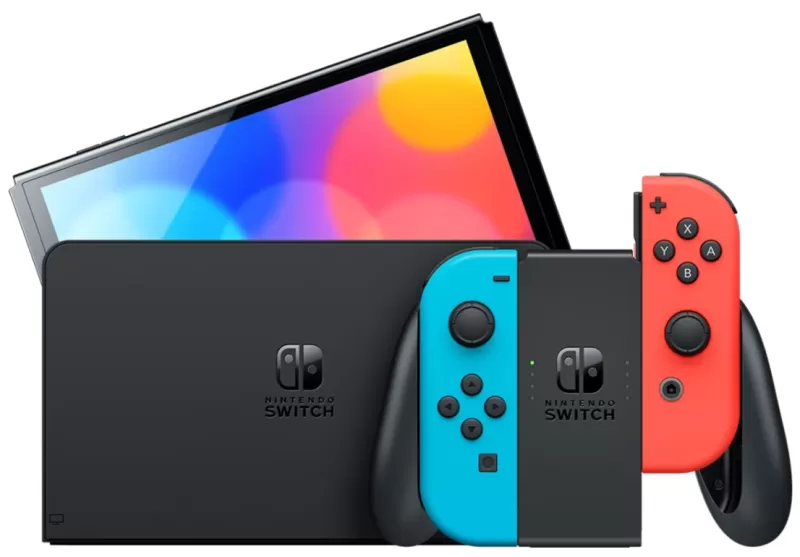 Latest Model
Latest Model
4See it at Amazon
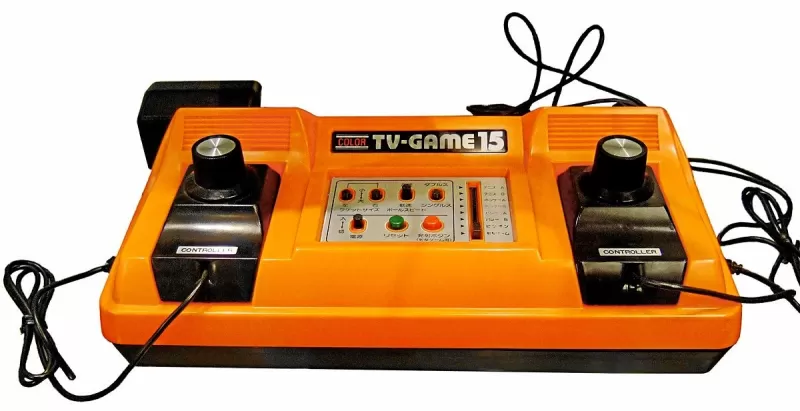
The Color TV-Game series marked Nintendo's initial venture into gaming hardware, a collaboration with Mitsubishi Electronics. These systems were a resounding success, paving the way for Nintendo's focus on game development. The legacy of the Color TV-Game continues to resonate, as Nintendo remains deeply invested in gaming.
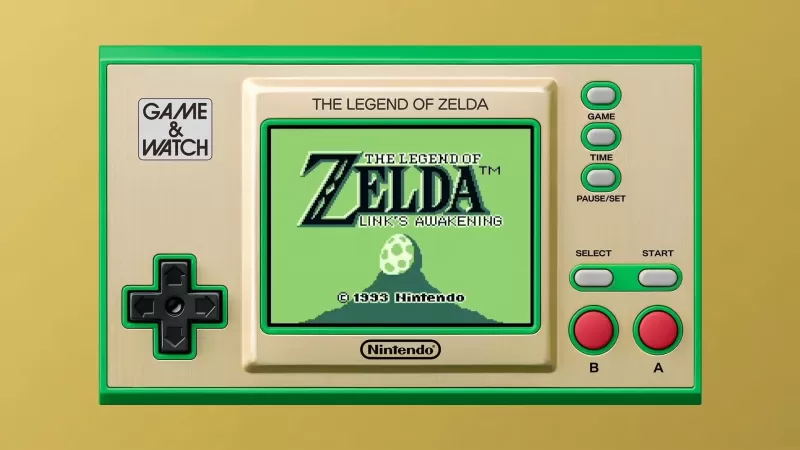
Nintendo's first handheld, the Game & Watch, introduced individual games on each device, selling over 40 million units globally. Innovations like the D-Pad in the Donkey Kong model became foundational for future gaming. Limited edition models celebrating Mario and Zelda brought this iconic series back in 2020 and 2021.
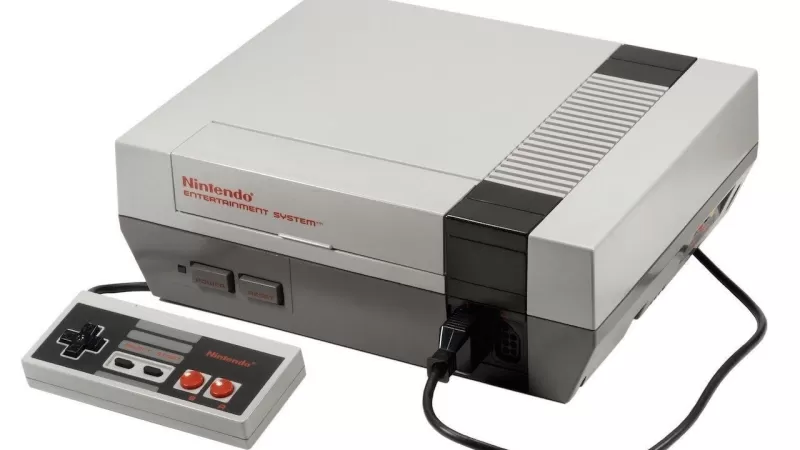
The Nintendo Entertainment System (NES), known as the Famicom in Japan, revolutionized home gaming with its cartridge system. This console launched legendary franchises such as Super Mario, The Legend of Zelda, and Metroid, cementing its place as a cornerstone of video game history.
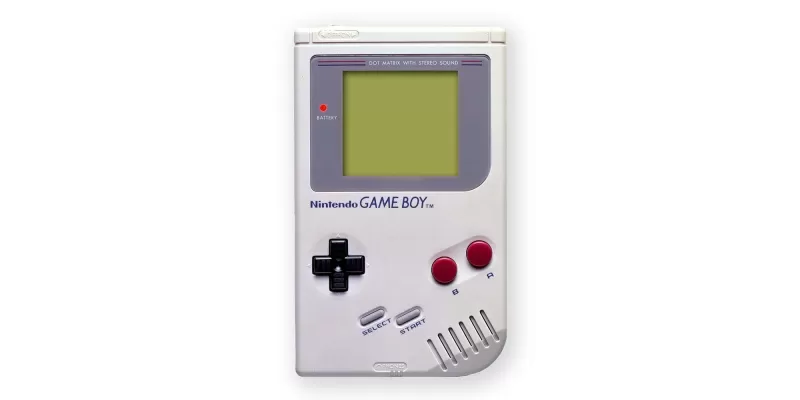
The Game Boy, Nintendo's first true handheld console, introduced cartridge-based gaming, allowing for a vast library of games. Its bundled Tetris became a cultural phenomenon, enhancing its legacy as a groundbreaking portable device.
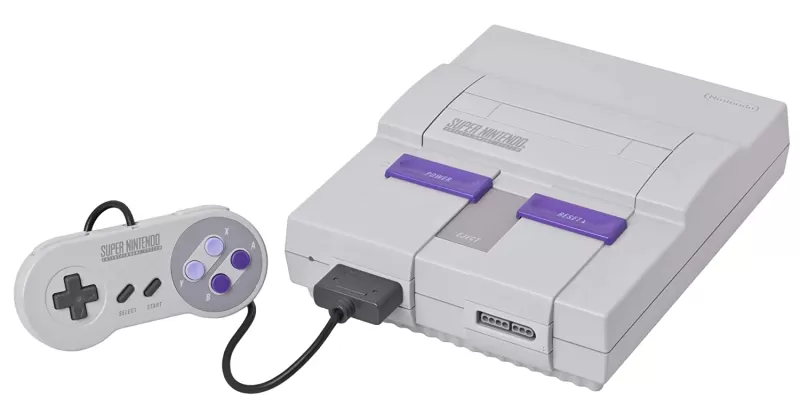
The Super Nintendo Entertainment System (SNES) brought 16-bit graphics to Nintendo's platforms, fostering significant evolution in major series like Super Mario World and Donkey Kong Country. Despite its later release, the SNES became the best-selling console of its generation due to its exceptional software lineup.
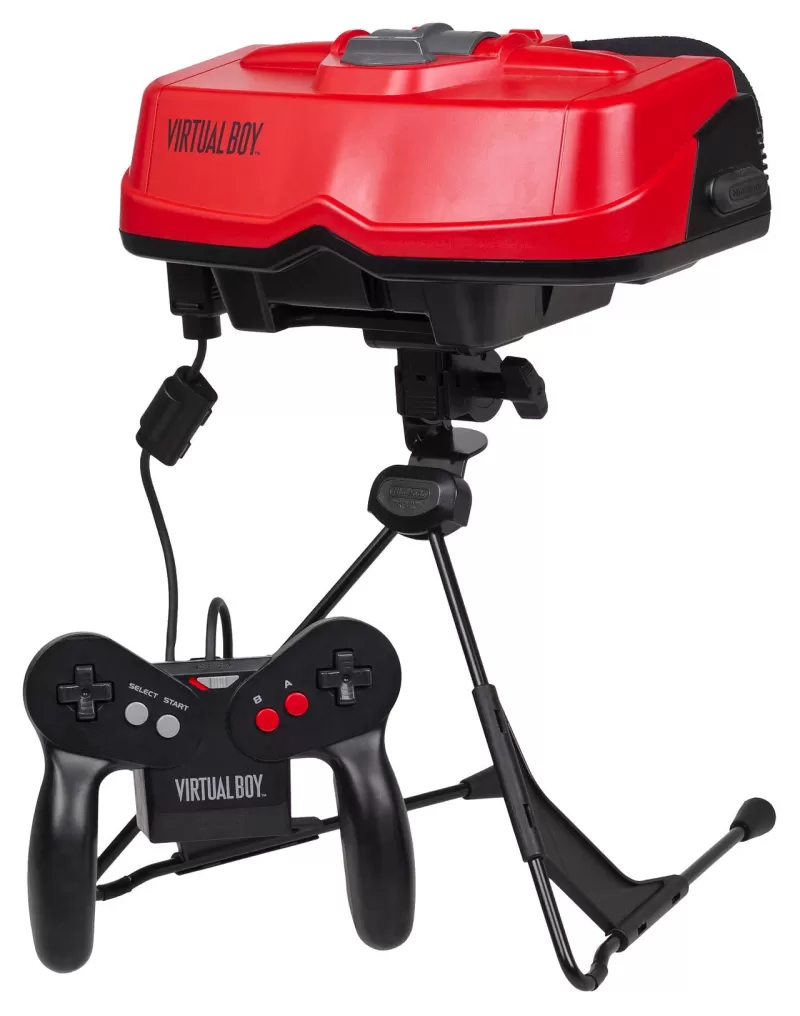
The Virtual Boy, Nintendo's most unconventional console, was the first to offer true 3D visuals. Despite its short-lived market presence and limited game library, it remains a fascinating footnote in Nintendo's history.
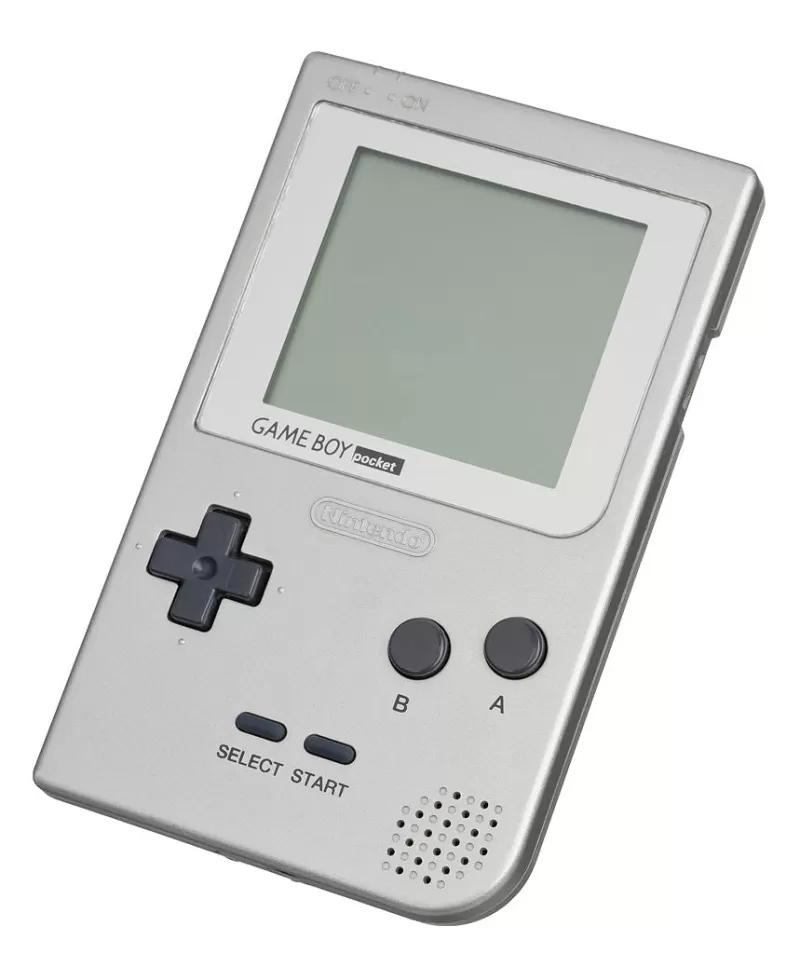
The Game Boy Pocket offered a smaller, sleeker design with an improved black-and-white screen. While it enhanced response times, the trade-off was a shorter battery life compared to its predecessor.
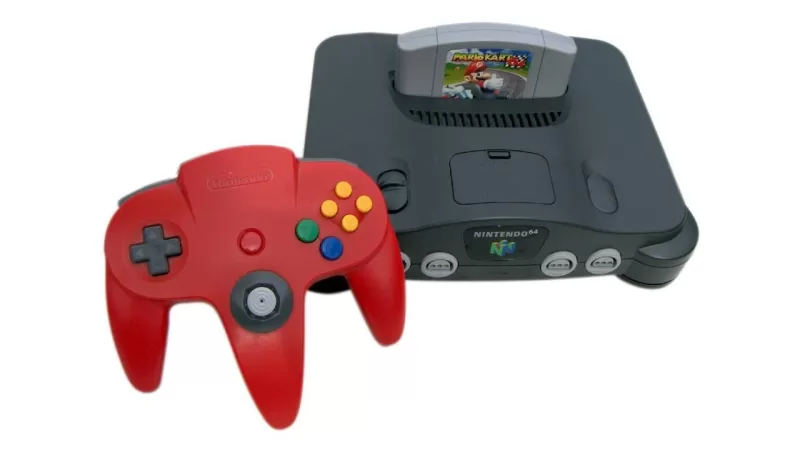
The Nintendo 64 introduced 3D graphics to home consoles, launching iconic titles like Super Mario 64 and The Legend of Zelda: Ocarina of Time. Its innovative controller with an analog stick redefined gaming controls.
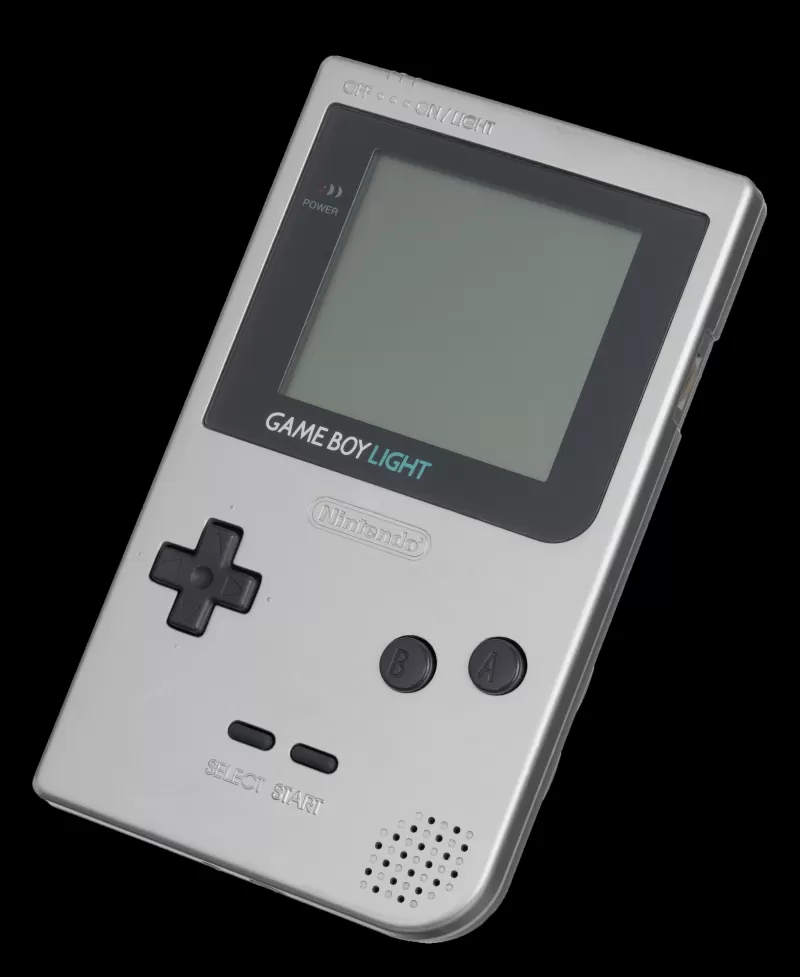
Exclusive to Japan, the Game Boy Light featured a backlight for improved visibility in low-light conditions. Its larger size compared to the Game Boy Pocket allowed for extended battery life, enhancing the handheld gaming experience.
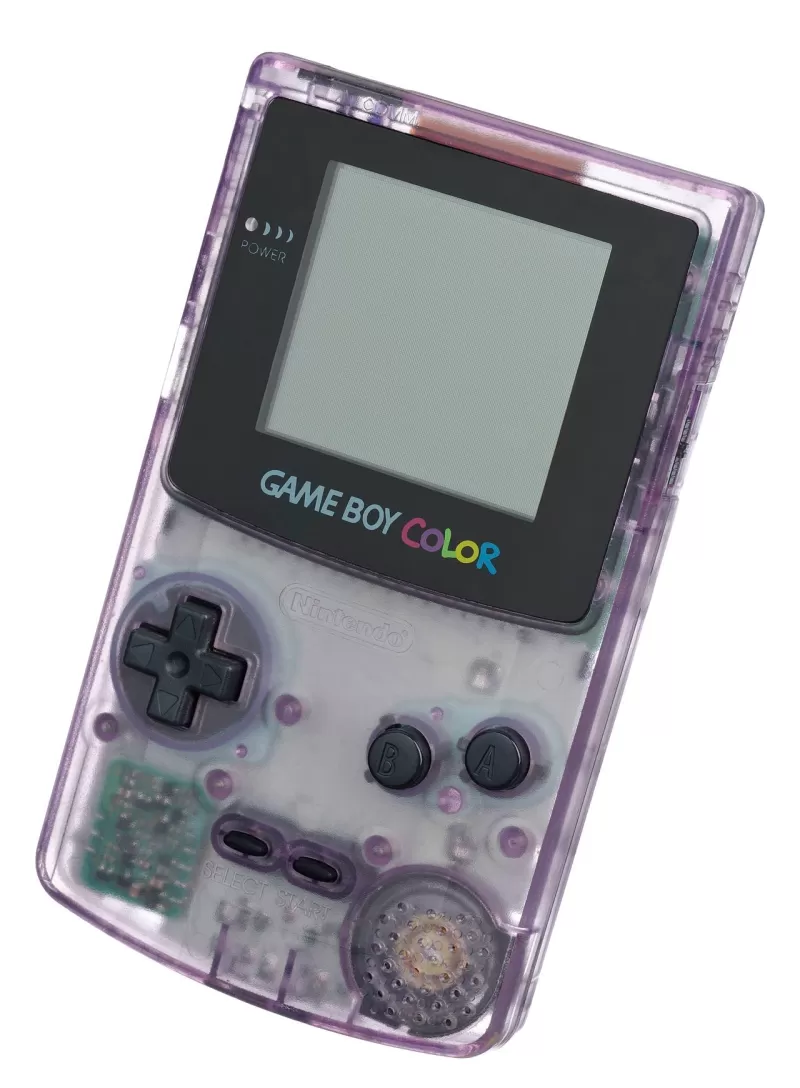
The Game Boy Color brought vibrant colors to handheld gaming, maintaining backwards compatibility with earlier Game Boy titles. This allowed classics like Tetris to shine anew, while new games leveraged the color capabilities.
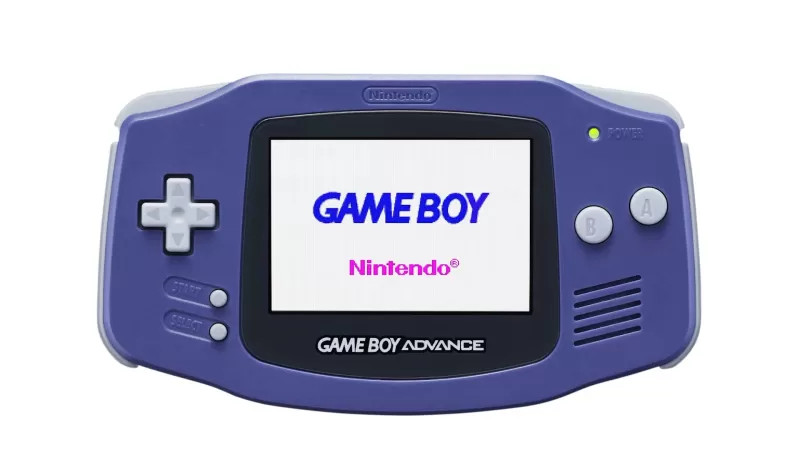
The Game Boy Advance (GBA) marked a significant leap with its horizontal design and 16-bit graphics. Backwards compatibility with previous Game Boy titles expanded its extensive game library into the thousands.
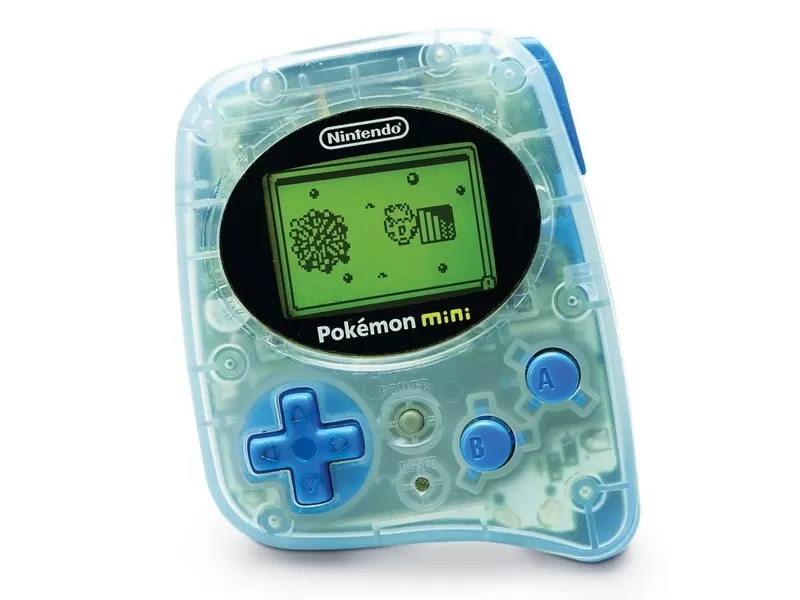
Image Credit: GamesRadar
The Pokémon mini, a tiny handheld focused on Pokémon games, featured unique elements like a built-in clock and infrared communication. Despite its limited game releases, it offered a novel gaming experience.
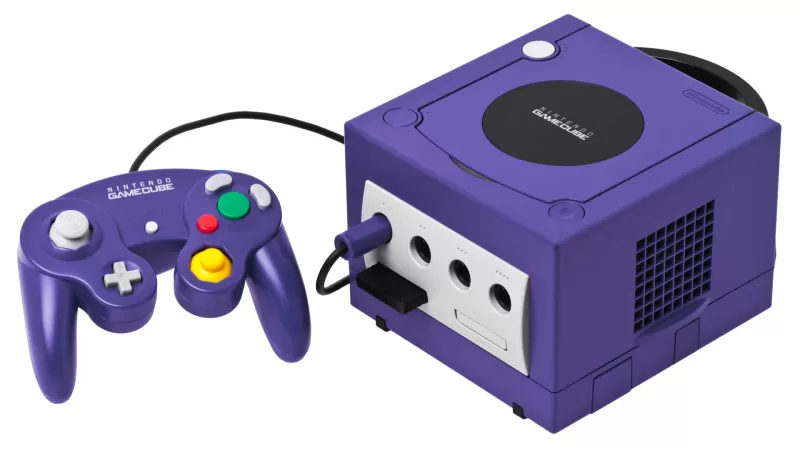
The Nintendo GameCube continued the legacy of the Nintendo 64 with sequels to beloved franchises and introduced new hits like Super Mario Sunshine and The Legend of Zelda: Wind Waker. Its shift to disc-based media and improved controller design left a lasting impact.
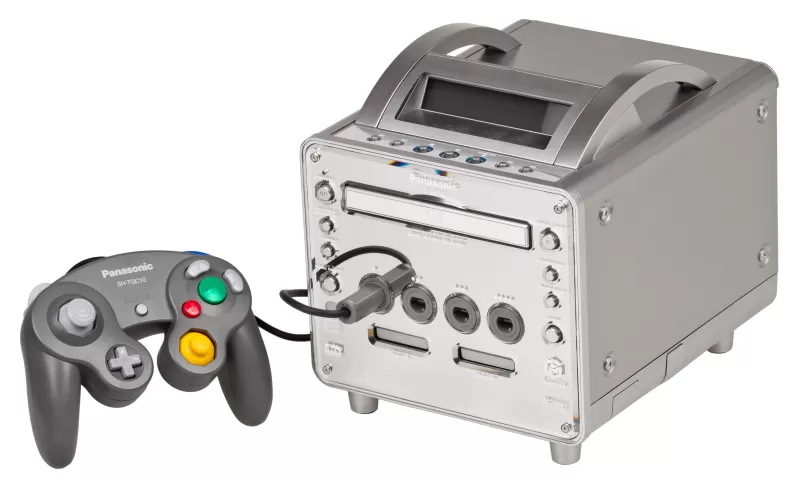
The Panasonic Q, a collaboration with Nintendo, combined GameCube functionality with a DVD player. Its sleek design and multi-functionality were notable, though its high price limited its market success.
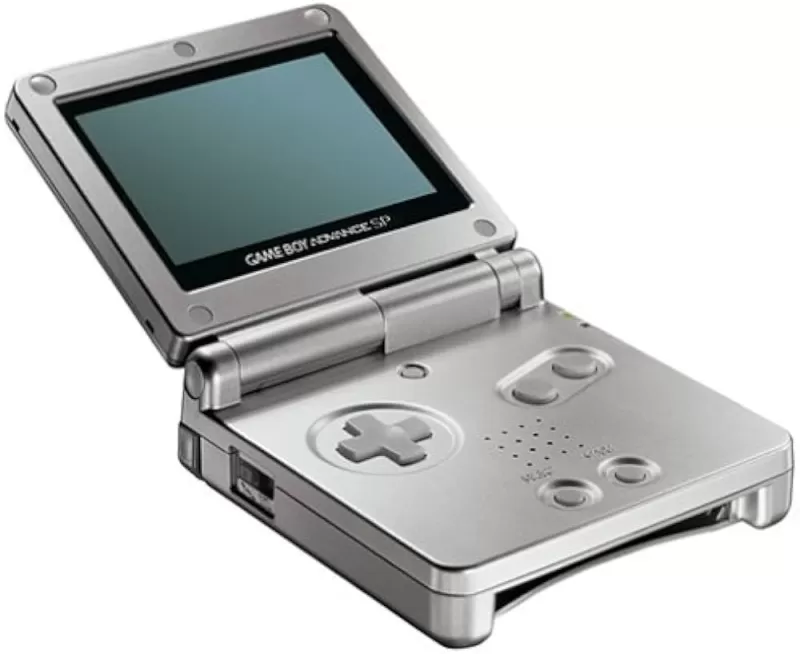
The Game Boy Advance SP (GBA SP) introduced a folding design with a rechargeable battery and later, a backlit screen. These enhancements significantly improved the handheld gaming experience despite the omission of a headphone jack.
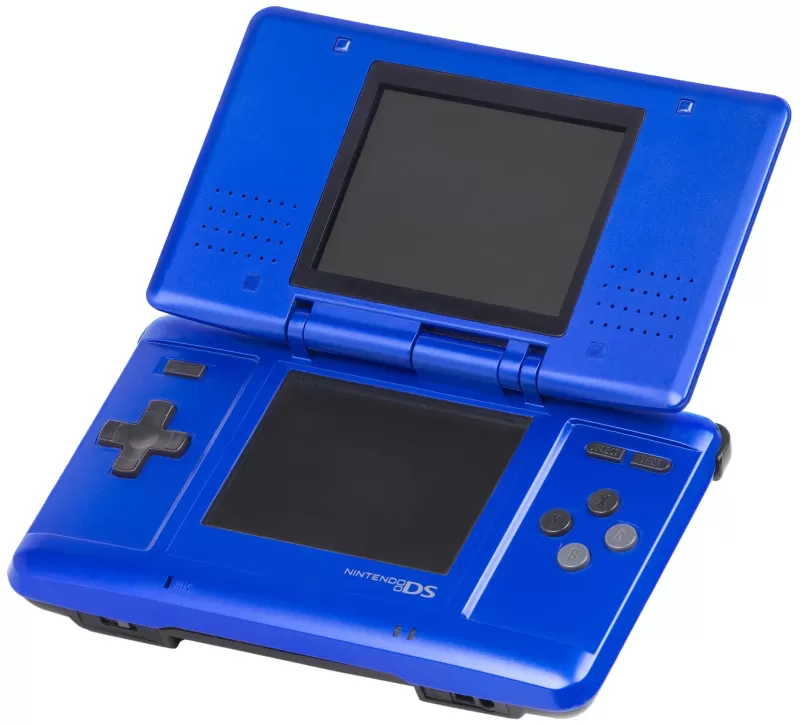
The Nintendo DS, with its dual-screen setup and Wi-Fi capabilities, revolutionized portable gaming. Its unique design and innovative gameplay made it Nintendo's best-selling console.

The Game Boy Micro, unveiled by Reggie Fils-Aimé, stunned audiences with its compact size. Its backlit screen and adjustable brightness were significant enhancements, though it only sold 2.42 million units before its discontinuation.
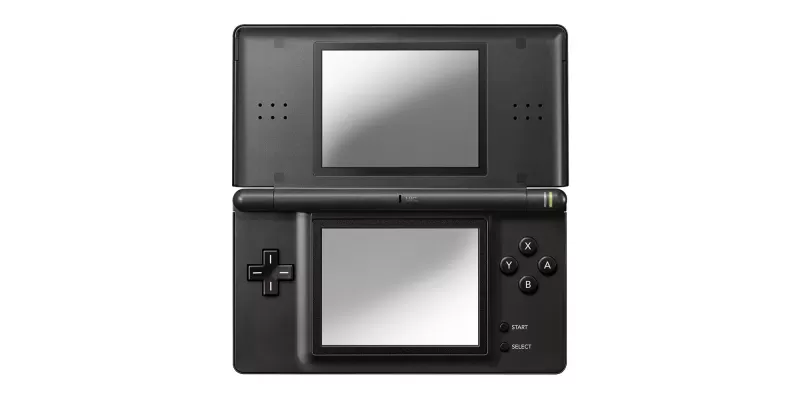
The Nintendo DS Lite refined the original DS with a slimmer, lighter build and brighter screens. Its extended battery life made it a favorite among gamers.
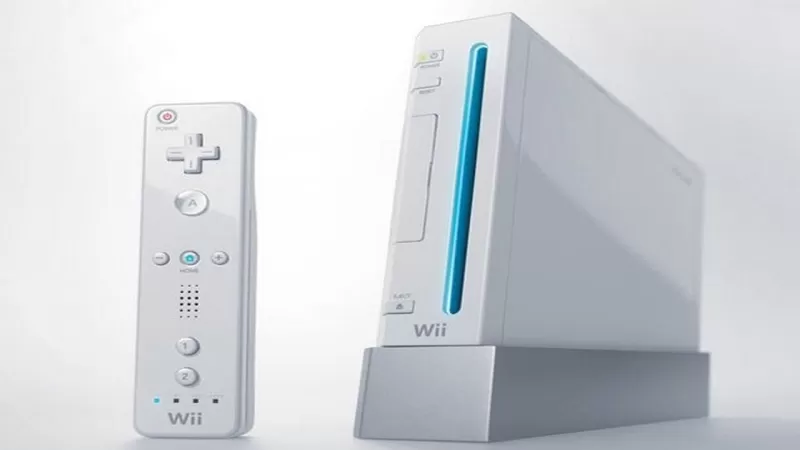
The Nintendo Wii revitalized the home console market with its motion control technology. The Wii Remote, along with accessories like the Nunchuk, offered innovative gameplay. Backwards compatibility with GameCube and the introduction of Virtual Console further expanded its appeal.
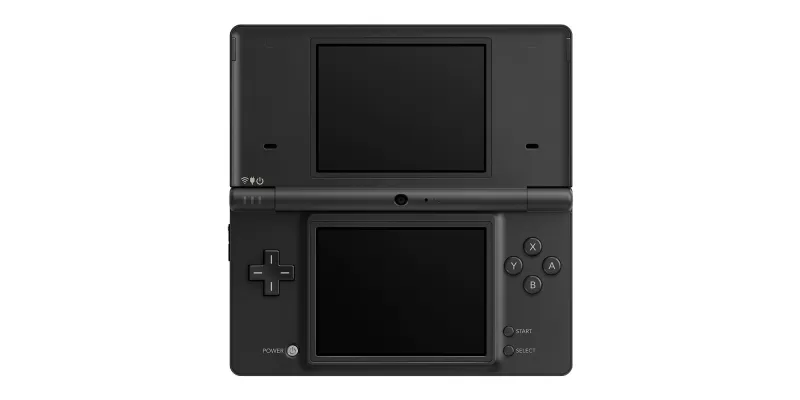
The Nintendo DSi enhanced the DS with built-in cameras and an SD card slot. However, it removed the Game Boy Advance slot, marking a shift in hardware focus.
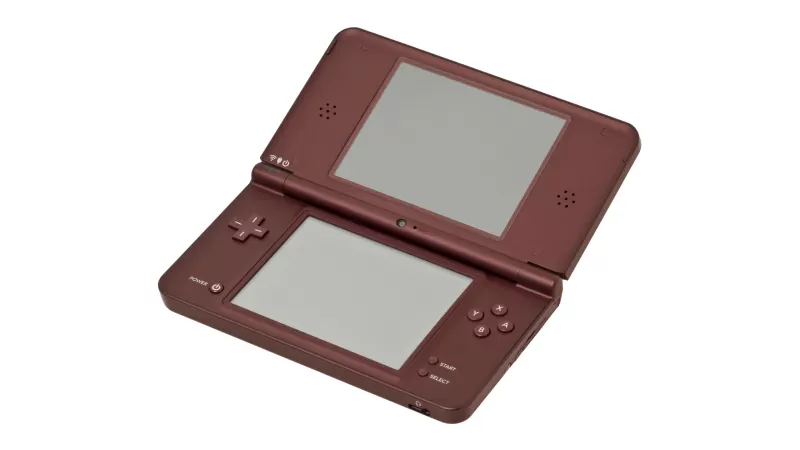
The Nintendo DSi XL, with its larger screens and improved audio, offered an enhanced gaming experience. Its larger battery also allowed for longer play sessions.
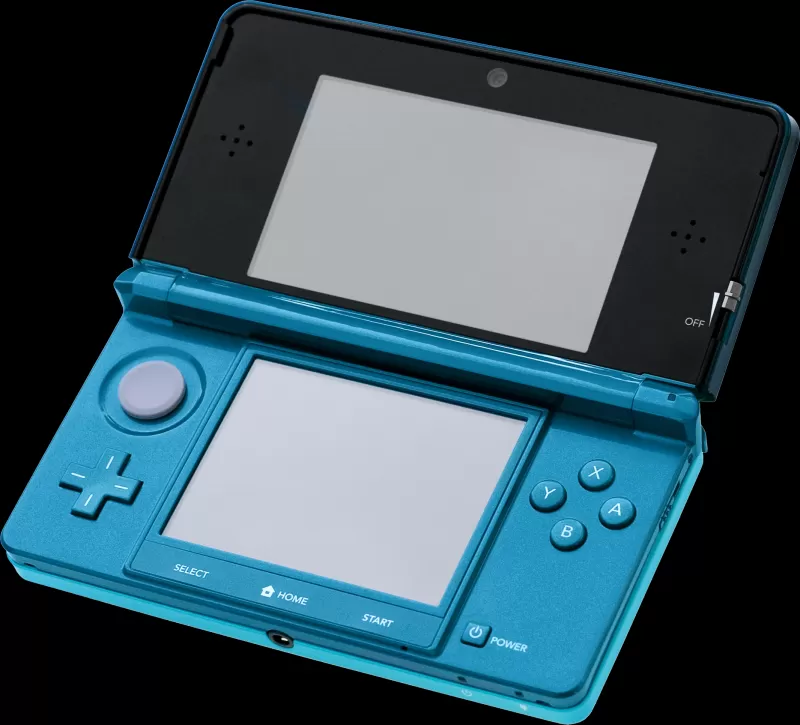
The Nintendo 3DS introduced stereoscopic 3D gaming without the need for glasses. Its impressive game library, including titles like The Legend of Zelda: A Link Between Worlds, marked a significant evolution from the DS.
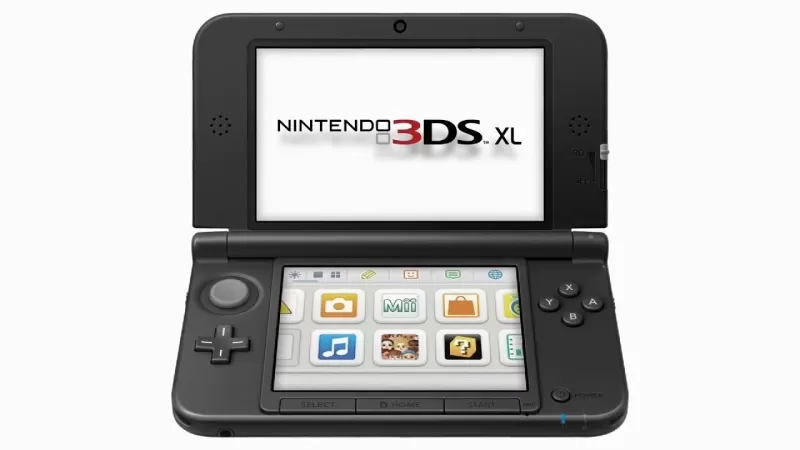
The Nintendo 3DS XL offered a 90% larger screen than the original, enhancing the visual experience while retaining all the features of the standard model.
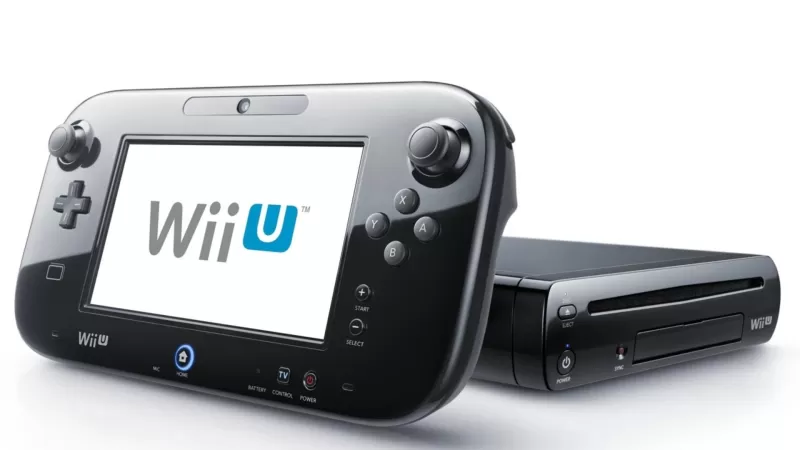
The Nintendo Wii U, with its innovative GamePad controller, allowed for off-TV play. Despite its HD capabilities and strong game lineup, including titles like Super Mario 3D World, it struggled with market confusion and sales.
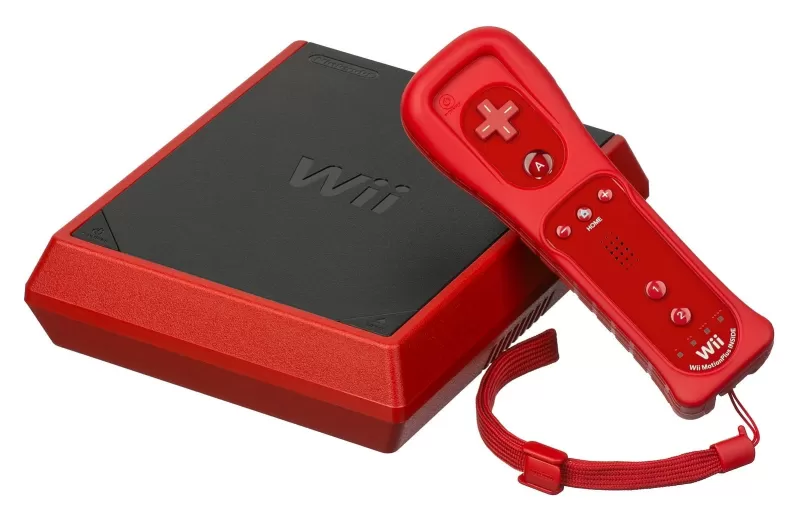
The Wii Mini, a smaller version of the Wii, removed several features like GameCube support and Wi-Fi, focusing on core gameplay at a lower price point.
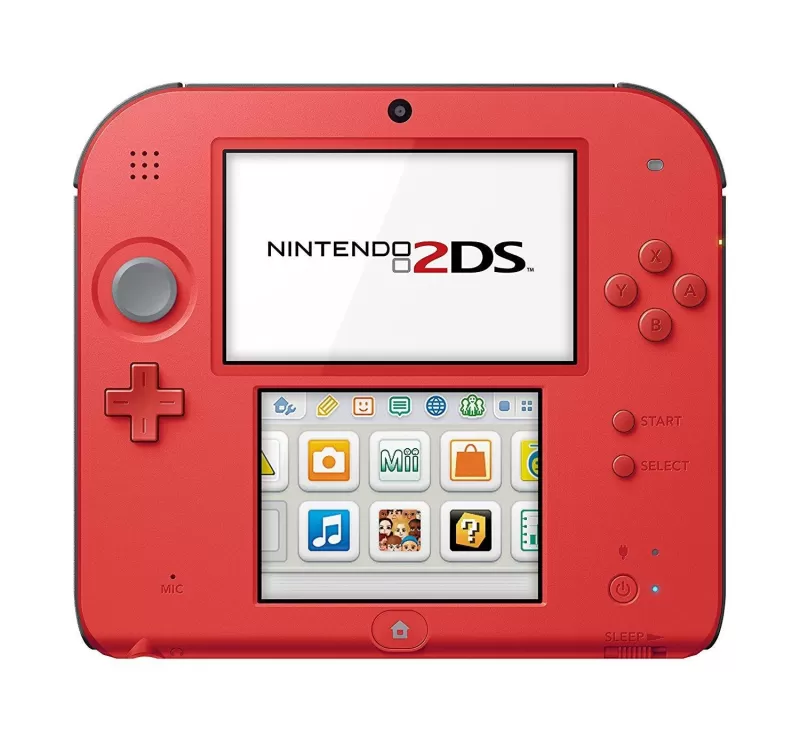
The Nintendo 2DS provided a budget-friendly alternative to the 3DS, omitting 3D functionality but maintaining compatibility with all 3DS games. Its flat design and mono speaker reflected cost-saving measures.
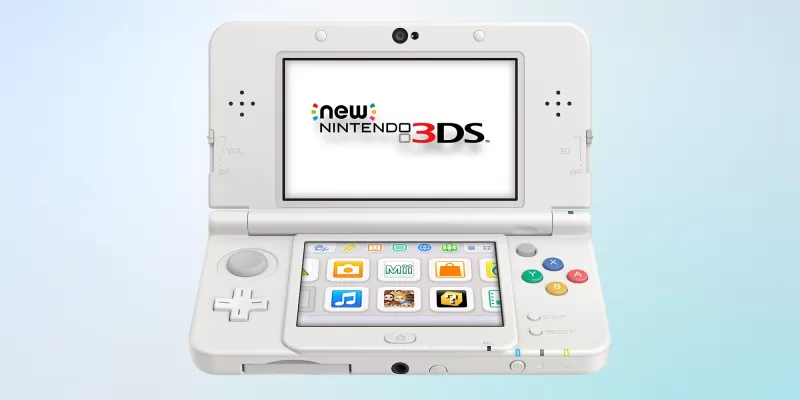
The New Nintendo 3DS upgraded the original with new controls like the C-Stick and NFC support for amiibo. Its staggered release across regions marked a significant hardware refresh.
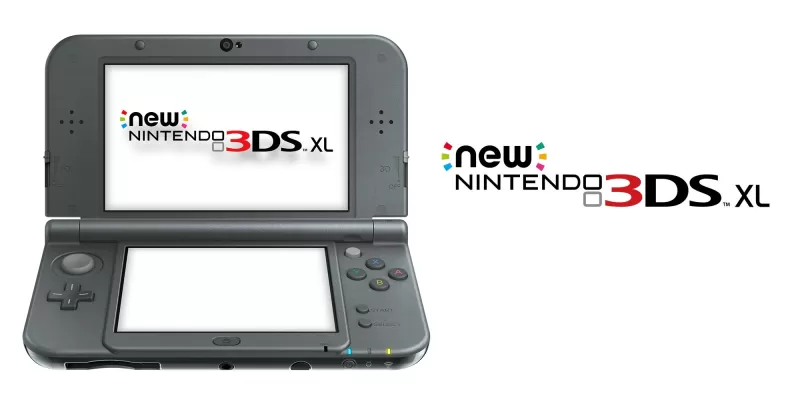
The New Nintendo 3DS XL featured even larger screens than its predecessor, enhancing gameplay immersion. The removal of customizable face plates was offset by special edition offerings.
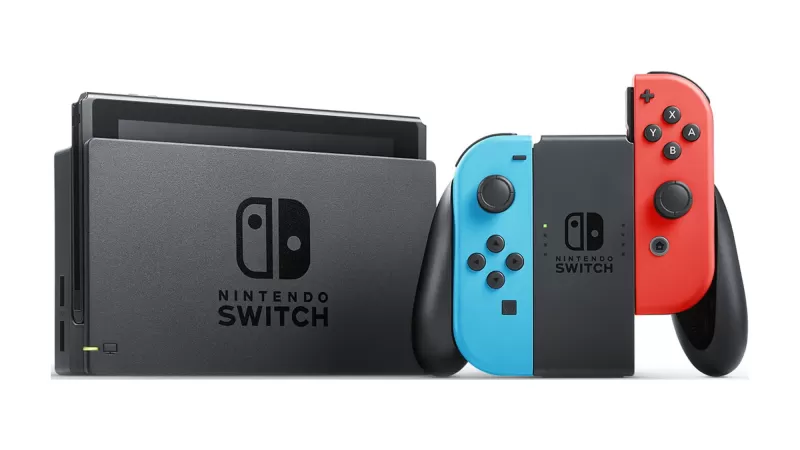
The Nintendo Switch revolutionized gaming with its hybrid design, allowing seamless transitions between home and portable play. Its stellar first-party library and special editions have solidified its place in gaming history.

The New Nintendo 2DS XL brought back the clamshell design, adding features like an analog stick and amiibo support. Its ability to play New 3DS titles expanded its appeal.
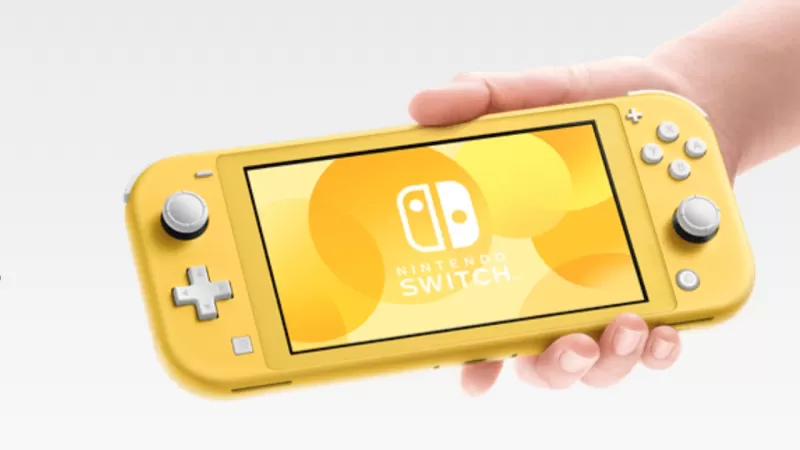
The Nintendo Switch Lite, with its smaller form factor and built-in controllers, focused on handheld gaming. Its lower price point made it an attractive option for gamers on the go.
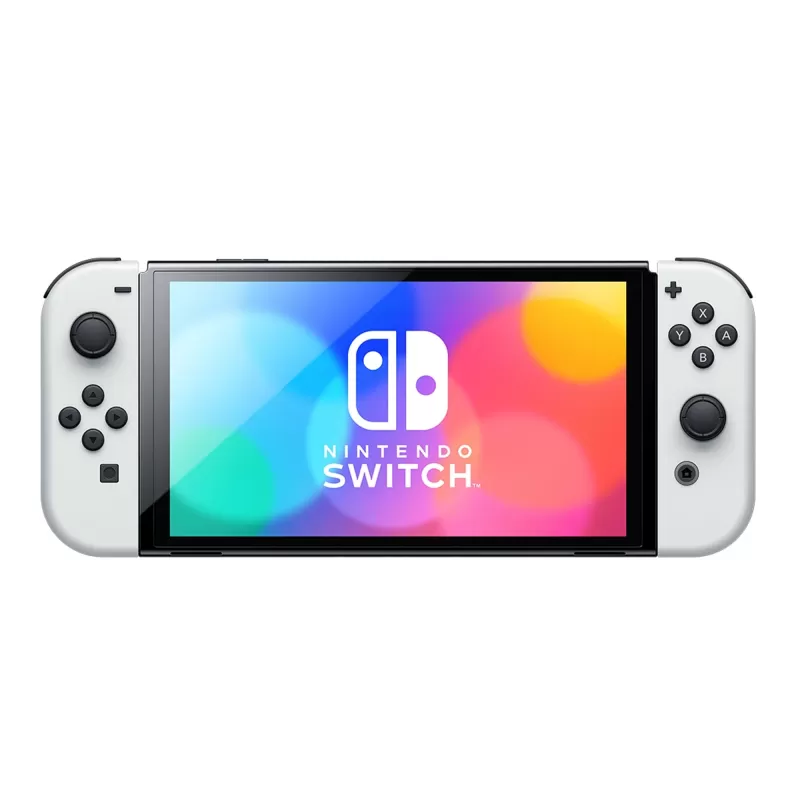
The Nintendo Switch OLED model enhanced the original with a larger, vibrant OLED screen and improved audio. Its new dock and LAN port added to its premium feel.
After years of speculation, Nintendo has finally unveiled the Nintendo Switch 2. The reveal showcased a new method for attaching Joy-Cons, a larger screen, and an additional USB-C port. The possibility of using Joy-Cons as a mouse hints at innovative gameplay mechanics. The trailer also teased what appears to be a new Mario Kart with 24-player races and confirmed mostly backward compatibility for both physical and digital games.
Analysts estimate the Switch 2 will retail around $400. We've gathered all the known details from the trailer, but more comprehensive information, including a release date, will be shared during a Nintendo Direct on April 2.
AnswerSee Results"Clair Obscur: Expedition 33 Hits 1 Million Sales in 3 Days"
Roblox Deep Descent: January 2025 Codes Revealed
Ragnarok V: Returns Beginner's Guide - Classes, Controls, Quests, Gameplay Explained
How to Feed Villagers in Necesse
Bitlife: How to Complete the Renaissance Challenge
"Ōkami 2: Capcom, Kamiya, and Machine Head Discuss Sequel in Exclusive Interview"
Bahiti Hero Guide: Mastering the Epic Marksman in Whiteout Survival
Top 10 Liam Neeson Films Ranked

Alienware Area-51 Laptops Launch to Market
Dec 26,2025
Japan Alleges AI Image Copyright Violation in Landmark Case
Dec 26,2025

RE9 Confirmed as Resident Evil Requiem
Dec 26,2025
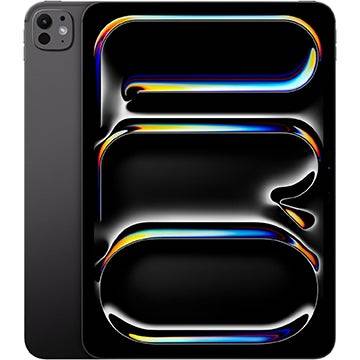
Amazon Slashes New iPad Pro with OLED, M4 Chip Price
Dec 25,2025
Elden Ring: Nightreign - Ironeye Exclusive Preview
Dec 25,2025